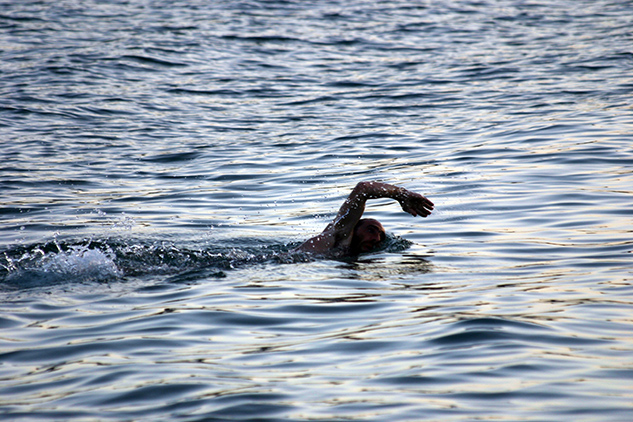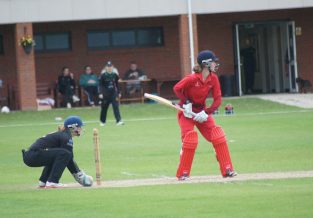Swim Season! By Jacqui Perry
Published on
28 Jan 2016

Call us on: (03) 9975 4133
Summer is well and truly here which means swim and triathlon season is also underway!
Swimming is a great sport for people of all ages. It can provide a gentle, low impact form of exercise for the elderly population or injured athletes, or a high intensity whole body work out that combines flexibility, endurance and full body strength!
Unfortunately, due to the repetitive nature of the sport, swimmers are prone to overuse injuries, most notably those of the shoulder.
Other common swimming injuries include issues affecting the elbow, neck and knee. However, it is reported that 90% of musculoskeletal complaints that drive a swimmer to visit their physiotherapist or doctor are related to the shoulder!
A stroke of misfortune: Swimmer’s Shoulder.
The most common injury seen in swimmers is “Swimmer’s Shoulder”, the common term for pain in the front and/or side of the shoulder. This is an umbrella term rather than a specific “diagnosis” but usually involves some impingement and potentially inflammation of the tendons (supraspinatus and long head of biceps) and other structures within the subacromial space (the space between your shoulder blade and the head of your humerus or upper arm bone). If left untreated, it can lead to damage and or/tears to tendons.
So, what contributes to Swimmer’s Shoulder?
- Poor stroke mechanics; poor technique can excessively load the shoulder, especially in the catch position
- Overuse; a sudden increase in training load may also contribute to the problem
- Poor posture and positioning; Incorrect positioning of your shoulder blade throughout your stroke may narrow the subacromial space leading to impingement
- Muscular imbalance; Swimmers develop muscle imbalances where the adductors and internal rotators of the arm become stronger (due to the nature of swimming as they are the primary muscles involved in pull through against resistance). This leaves a relative weakness of the external rotators and scapular stabilisers rotators (which work to control the position of the humeral head in the socket of your shoulder blade) in comparison to the adductors and internal rotators simply because they don’t get used as much. This muscle imbalance or overuse – combined with poor technique – allows the humeral head to move forward and up, narrowing the subacromial space and causing irritation of the tendons in this compartment
- Instability/hypermobility; This is often linked with other contributing factors. However, as the shoulder complex is designed to achieve the greatest range of motion of any other joint system in the body, it is also at risk of increased laxity, or too much movement that can result in upwards and forwards movement of the humeral head (head of the upper arm bone) against the glenoid fossa (socket of your shoulder blade). This may be due to laxity of the ligaments that support the shoulder complex as a result of continual stress, but also poor control of the rotator cuff complex – hence instability is closely related to muscular imbalance and poor posture/positioning
How is it treated?
A thorough assessment will always be the most effective way to determine the most suitable treatment plan for you!
As there are number of contributing factors to this condition, not all of them will be relevant to your individual case and therefore not all need to be treated.
Generally, physiotherapy treatment will often involve soft tissue or mobilisation therapies initially. This will help to decrease pain and release overactive muscles, and get your shoulder on the path to moving normally again!
Rehabilitation will then focus on your technique and addressing the muscular weaknesses or faults in you scapula function, before moving into more functional exercises and getting you back in the water.
Happy swimming!


